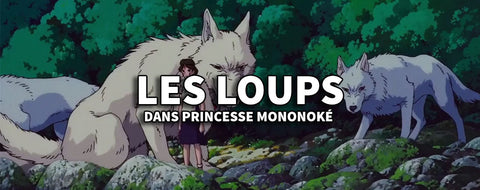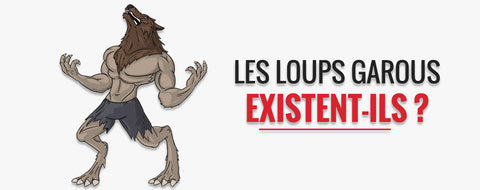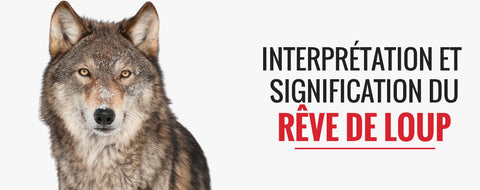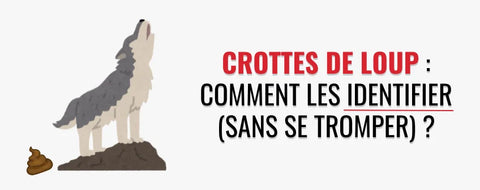
The red wolf: an interesting animal to discover
of reading - words
The red wolf is a carnivorous mammal that belongs to the rarest canid family in the world.
If you are a fan of this wild animal that captivates attention with its robust appearance and heroic manifestations in several myths, check out this article to learn more about its profile.

General information about the red wolf
To date, there is no clear information on the original subspecies of the red wolf. This animal is considered a hybrid of the gray wolf and the coyote . However, some studies state that this wild animal is a subspecies of the Canis rufus floridanus, which has been extinct since 1930.
Other studies suggest that it is part of the Canis lupus rufus (or gray wolf) family, which became extinct around the 1970s. Still others indicate that it belongs to the Canis rufus gregoryi subspecies, which was declared extinct in 1980.
The red wolf was geographically distributed across the southeastern United States. Currently, the surviving species is found in North Carolina. It inhabits hard-to-reach swamps, mountainous areas, and pristine forests.

Protection of the species
In 1967, the US Fish and Wildlife Service declared this population an endangered species. As a result, it invested in protective measures to preserve it from extinction. Notably, the Port Defiance Zoo and Aquarium in Tacoma, Washington, was the first facility to adopt the mission of breeding red wolves as part of the rescue program.
Breeding efforts to reintroduce this species into the ecosystem have yielded positive results. Unfortunately, the species remains endangered, with only 270 individuals of this population remaining in the wild.
Morphology
The red wolf has a look somewhere between that of a coyote and a gray wolf. Its size is smaller than the gray wolf, but larger than the coyote. It measures between 95 cm and 1.20 m in length. Its weight is lighter, compared to the gray wolf, and ranges between 20 and 35 kg.
It has a cinnamon-red coat shaded with black or gray. Its muzzle and ears are tawny. The underside of the muzzle is white, and the back of the body is often dark. The distinctive feature of this species is that it molts every summer.
The red wolf is distinguished from the gray wolf by a smaller head and skull, longer ears, and thinner and longer legs.

Food
The red wolf feeds primarily on mammals such as rabbits and raccoons, in addition to rodents such as muskrats, nutria, and deer. It sometimes eats carrion.

Social life
The red wolf lives in a pack generally composed of a dozen individuals: the young wolves of the year and the previous generation. This herd is led by the dominant couple: the Alpha couple, and it is organized according to a well-defined hierarchy.
Its territory covers approximately 50 km², which it marks using its secretions: urine and feces. It lives in dens that it digs in the ground, particularly near rivers, or in the hollows of large trees. This is where it shelters its female wolf and cubs.

Wolf pups are sought after by other gray wolves or coyotes and other wild animals, such as large raptors, bobcats, black bears, and alligators. Therefore, to protect their pups from attacks, female wolves tend to change dens regularly.
Weaning is complete after 10 weeks, and the young wolves leave their dens after almost 3 weeks. They begin to hunt at 6 months of age.
Mating takes place at the end of the first trimester: February and March. The gestation process lasts about two months and results in 3 or 6 blind wolf cubs after giving birth.
The education of the young wolf cubs is shared between the Alpha couple and their peers from the previous litter.
Communication
Just like its ancestor, the Canis, the red wolf uses howls to communicate with its fellow wolves . It is a hybrid cry: a cross between the cry of the coyote and that of the gray wolf. In addition, it uses other behaviors (bodily, chemical, or auditory) in its communication.
The red wolf has always been hunted by farmers because it slaughtered their livestock. This is why it is listed on the IUCN Red List of Endangered Species.
If you are among the organizations that advocate for the survival of the red wolf, you can express this by incorporating wolf items into your lifestyle.
Browse our online store to discover a wide variety of wolf-related products . We offer a variety of items that you can easily incorporate into your daily life.




